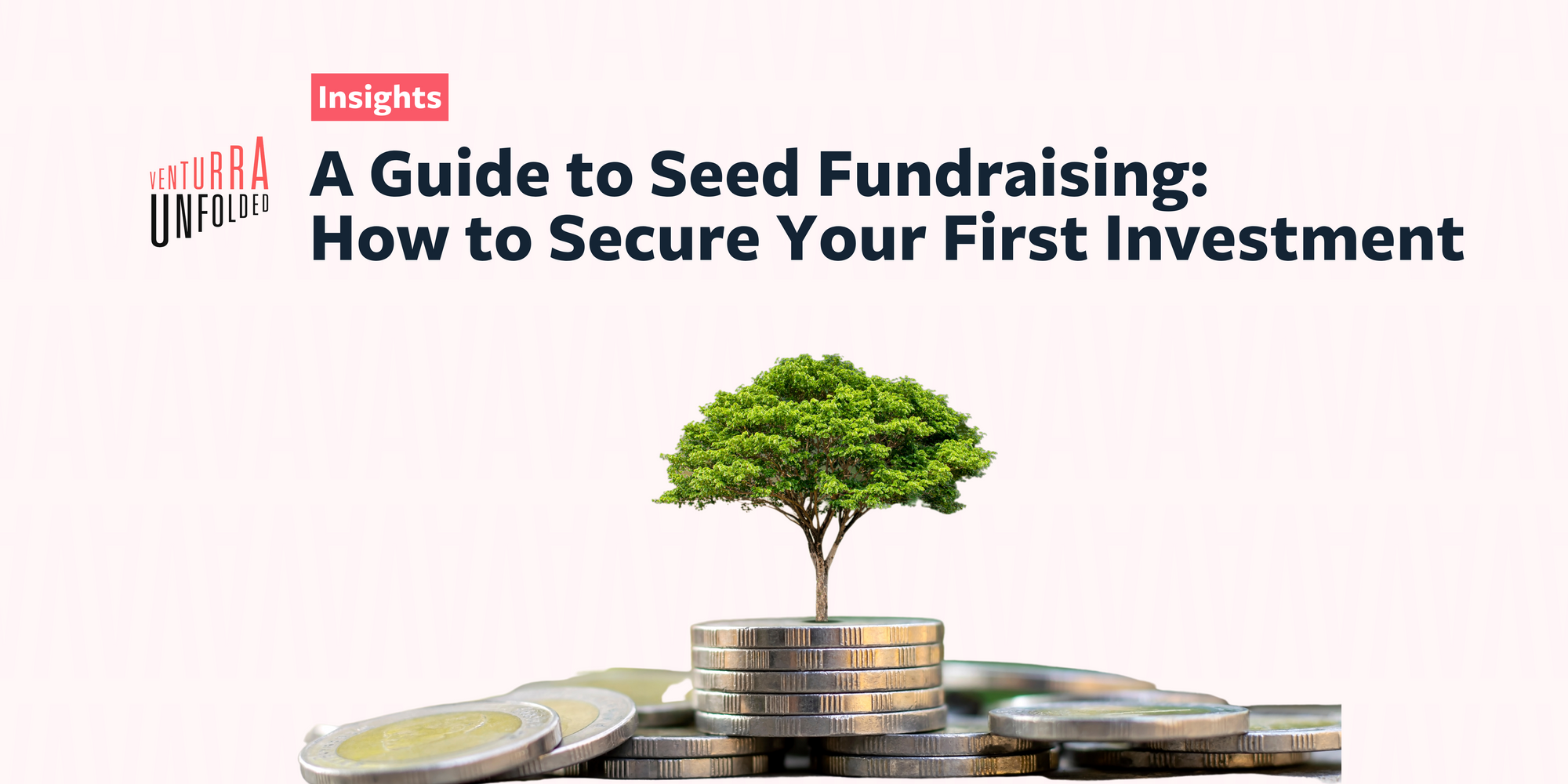A Guide to Seed Fundraising: How to Secure Your First Investment

As a startup founder, one of your biggest challenges is securing funding to turn your vision into a reality. Seed funding can be a great way to get started, but knowing how to go about it is not always easy. In this guide, we'll walk you through the key steps to take in order to secure your first investment.
What is Seed Funding?
Seed funding is the first round of funding that a startup receives, usually in exchange for equity in the company. This funding typically covers early-stage costs such as product development, market research, and team building.
The process of seed fundraising can be daunting, but it's important to remember that it's just the first step in a long journey. With the right approach and mindset, you can secure the funding you need to take your business to the next level.
Define Your Vision and Strategy
The first step to securing seed funding is to define your vision and strategy. This includes identifying your target market, understanding your competition, and developing a unique value proposition.
To do this effectively, conducting thorough market research and developing a strong business plan is important. This will help you articulate your vision and strategy to potential investors, and demonstrate that you have a clear plan for growth and success.
Build a Strong Team
Investors invest in people as much as they do in ideas. It's important to build a strong team that can execute on your vision and help drive growth.
When building your team, look for individuals who bring a range of skills and experience to the table. This might include technical expertise, industry knowledge, or marketing and sales experience.
Develop a Minimum Viable Product
In order to secure seed funding, you'll need to demonstrate that you have a viable product or service that solves a real problem. This is where a minimum viable product (MVP) comes in.
An MVP is a basic version of your product that demonstrates its core value proposition. This can be used to gather user feedback and refine your product before launching it to the wider market.
Network and Pitch to Investors
Networking is key to securing seed funding. Attend events, connect with investors on LinkedIn, and build relationships with other founders in your industry.
When pitching to investors, it's important to be clear and concise. Highlight the problem you're solving, how your product solves it, and why your team is the right one to execute your vision.
Negotiate Terms and Close the Deal
Once you've found an investor who is interested in funding your startup, it's time to negotiate terms and close the deal. This will involve agreeing on the amount of equity the investor will receive, as well as other terms such as board seats and decision-making power.
It's important to work with a lawyer or advisor to ensure that the terms are fair and equitable and that you fully understand the implications of the agreement.
Final Thoughts
Seed fundraising can be a challenging and time-consuming process, but it's an essential step in building a successful startup. By following these steps and staying focused on your vision and strategy, you can secure the funding you need to turn your dreams into reality. Good luck!

